December 16, 2015 marked the start of the next chapter of my life.
On that day, I was diagnosed with Acute Myeloid Leukemia. I was shocked, surprised, scared, but most of all, relieved, because it helped to explain why I’d been feeling the way I had for the past few months, maybe even years.
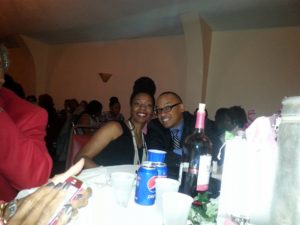 I had been feeling really bad for the past few months. It started this summer. I had been sneezing a lot, mostly at work, and thought something was in the air; everyone in the office seemed to be coughing or sneezing. In September I started having a problem with my neck. It just stiffened up one day at work. I couldn’t turn my head, and had pain and tightness throughout my shoulders and back. I went to urgent care for that, and they took x-rays and prescribed a muscle relaxant. I was asked to follow up with my Primary Care Physician in two weeks. Unfortunately, he didn’t have any appointments for about 5 weeks (more on that later). We spoke by phone, and he said not to worry, that it was most likely just arthritis in my neck.
I had been feeling really bad for the past few months. It started this summer. I had been sneezing a lot, mostly at work, and thought something was in the air; everyone in the office seemed to be coughing or sneezing. In September I started having a problem with my neck. It just stiffened up one day at work. I couldn’t turn my head, and had pain and tightness throughout my shoulders and back. I went to urgent care for that, and they took x-rays and prescribed a muscle relaxant. I was asked to follow up with my Primary Care Physician in two weeks. Unfortunately, he didn’t have any appointments for about 5 weeks (more on that later). We spoke by phone, and he said not to worry, that it was most likely just arthritis in my neck.
A few weeks later, the sneezing changed to a head cold. On October 17th, I had spent the entire Saturday outside – it was the day of the Michigan State vs. Michigan football game. I arrived in Ann Arbor early that day. I attended the ESPN College Game Day taping in the Diag, walked to the UM Golf Course for a tailgate party, then watched that awful game. I blamed the head cold on spending so much time outside that day – it was cold, and I was underdressed for part of the day.
To fight the head cold, I was taking OTC cough medicine. Soon, the head cold moved to my chest and I started having trouble breathing, soon after that it moved to my head again. I went back to urgent care. This time I was diagnosed with a sinus infection and prescribed an antibiotic. I was still sneezing, and I still had periodic back pain, which was managed with the muscle relaxant.
On November 13th, I finally had the appointment with my PCP. The sinus infection was gone, but I was still sneezing, still had periodic neck pain, and was having difficulty breathing. He started treating me for allergies with a nasal spray (Flonase), but didn’t look closer at the breathing problems. By this point, I was also starting to feel very run down.
A few weeks later, the sneezing was better, but I was still having trouble breathing, and I was tired all the time. I would sleep all weekend, and come home from work many days and go right to sleep. I attributed the tiredness to football being in full swing – pro football kept me up Sunday, Monday and Thursday nights, and college football kept me up (and out) on Saturdays. I tried going to bed earlier on non-football days. I found that I was still tired all the time, even after getting 10-12 hours sleep. Getting myself up in the morning for work was a chore.
On December 15th, a morning meeting was canceled and I decided to try to get a same day appointment with my PCP. He wasn’t available, and neither were any of the other doctors in his practice, so I went in to see a different doctor in Sterling Heights. That doctor checked my heart, took chest x-rays, gave me a nebulizer as a breathing treatment, but most importantly, had blood work done. About 7 pm that night, I got a call from him with my test results. The CBC (complete blood count) revealed low hemoglobin (which explained the tiredness), low platelets, and high white blood cell counts. He said that I should see a Hematologist immediately.
On December 16th, his office help to schedule an emergency appointment with the Hematologist. They did additional tests and took a bone marrow biopsy. This confirmed I had Acute Myeloid Leukemia. They asked me to check in that day… for a MONTH. What a shock. My son Brandon had a winter band concert scheduled for that evening, plus I needed time to talk with my wife, parents and siblings.

We attended the concert (which was fabulous by the way), and I told my parents and kids after. I checked in to Henry Ford Hospital the morning of December 17th.
The most difficult part for me throughout this process is thinking about my wife and kids, and whether I will be there for them as they grow up. I still don’t know exactly what an AML diagnosis means for me and the quality of my life going forward. I know I’ll need to go through a regimen of chemotherapy starting on Saturday. I’ll get 7 days of chemotherapy, then the remainder of my time will be spent waiting for my blood counts to go down to 0, then back up to normal. The goal is for me to stay in remission after that. I should be in decent shape during the process.
They said I’ll probably be out of work for at least 6 months – mostly just staying away from people, going to appointments, and getting lots of rest. It all depends on how things progress during and after my month in the hospital. I should be able to see my kids grow up. I just have to do my part to fight this thing.
I still have a million questions, and I know that I’m not the first person to go through this. I’ll document what I can to help those who start their fight after mine. My biggest pieces of advice so far:
- Listen to your body. When you know something is wrong, get it checked out.
- Ask your doctor questions, and ask if there is anything else they could be/should be checking, especially if you know that something is just not right. Get a CBC every year.
- If you can’t get in to see your PCP, don’t wait. See someone else.
- Hug your kids, and those that you love. I spent so much of my time worried about bills, chores and other day-to-day problems that I often missed finding joy in today.
What is Acute Myeloid Leukemia?
Adult acute myeloid leukemia (AML) is a type of cancer in which the bone marrow makes abnormal myeloblasts (a type of white blood cell), red blood cells, or platelets.
Adult acute myeloid leukemia (AML) is a cancer of the blood and bone marrow. This type of cancer usually gets worse quickly if it is not treated. It is the most common type of acute leukemia in adults. AML is also called acute myelogenous leukemia, acute myeloblastic leukemia, acute granulocytic leukemia, and acute nonlymphocytic leukemia.
Normally, the bone marrow makes blood stem cells (immature cells) that become mature blood cells over time. A blood stem cell may become a myeloid stem cell or a lymphoidstem cell. A lymphoid stem cell becomes a white blood cell.
A myeloid stem cell becomes one of three types of mature blood cells:
- Red blood cells that carry oxygen and other substances to all tissues of the body.
- White blood cells that fight infection and disease.
- Platelets that form blood clots to stop bleeding.
In AML, the myeloid stem cells usually become a type of immature white blood cell called myeloblasts (or myeloid blasts). The myeloblasts in AML are abnormal and do not become healthy white blood cells. Sometimes in AML, too many stem cells become abnormal red blood cells or platelets. These abnormal white blood cells, red blood cells, or platelets are also called leukemia cells or blasts. Leukemia cells can build up in the bone marrow and blood so there is less room for healthy white blood cells, red blood cells, and platelets. When this happens, infection, anemia, or easy bleeding may occur. The leukemia cells can spread outside the blood to other parts of the body, including the central nervous system (brain and spinal cord), skin, and gums.
Source: National Cancer Institute (Adult Acute Myeloid Leukemia Treatment (PDQ®)–Patient Version


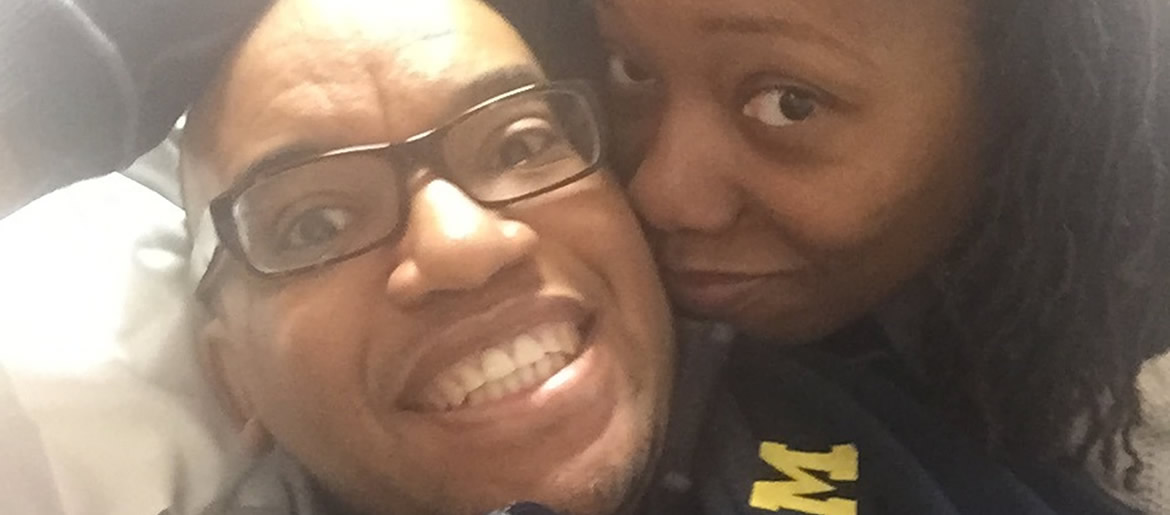

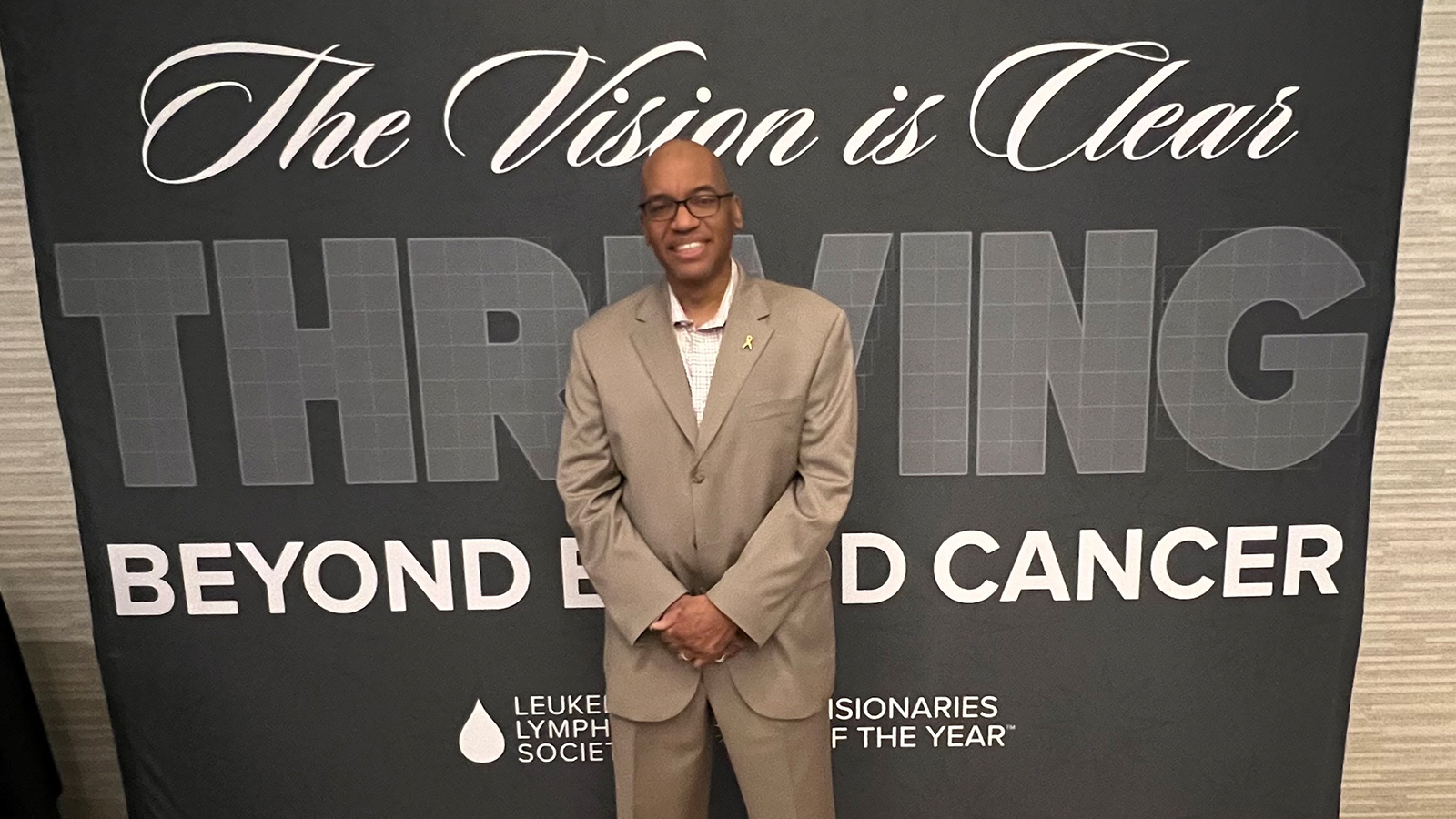
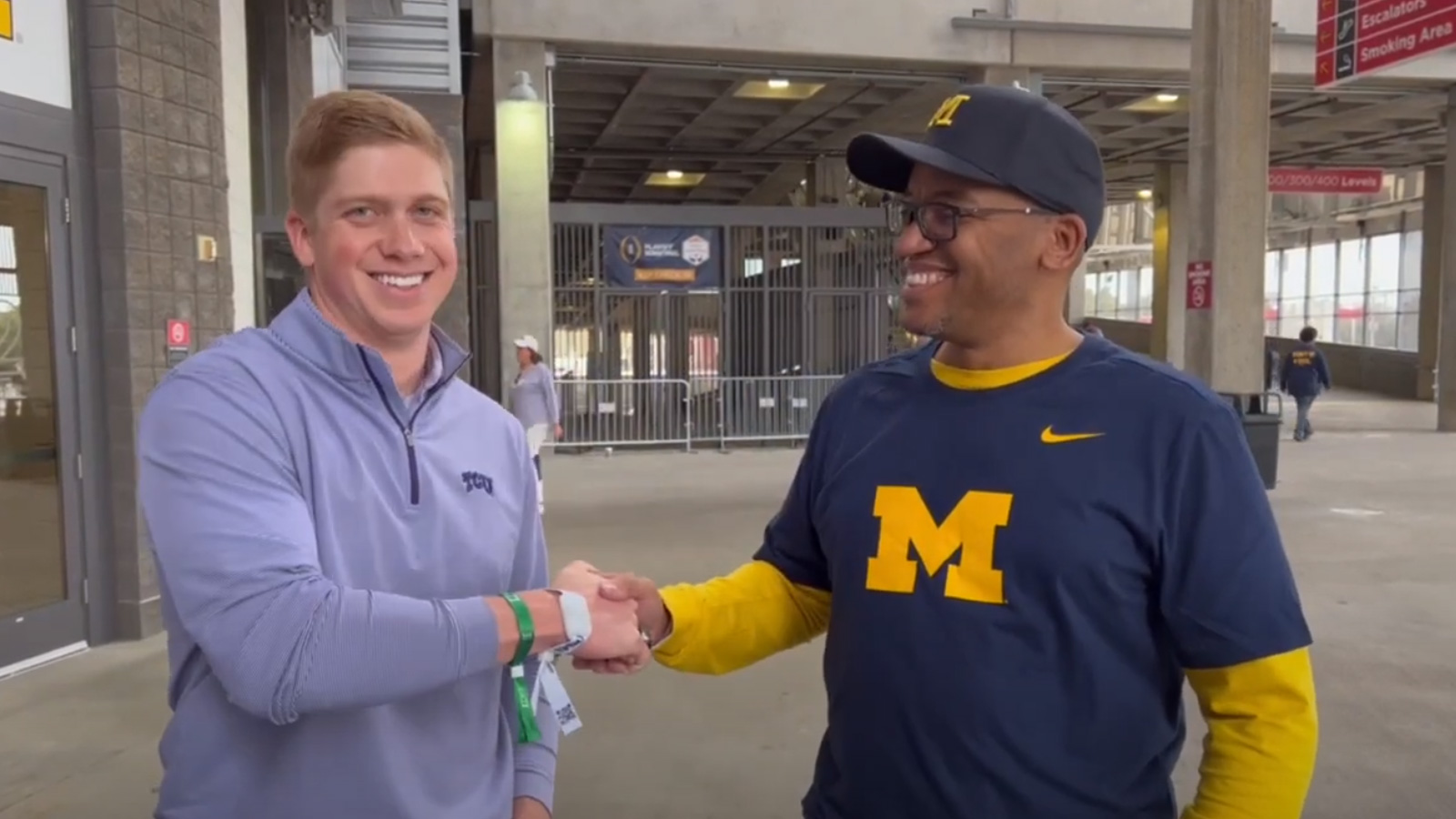

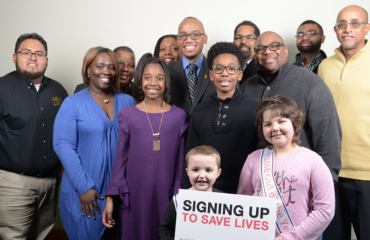

There are no comments